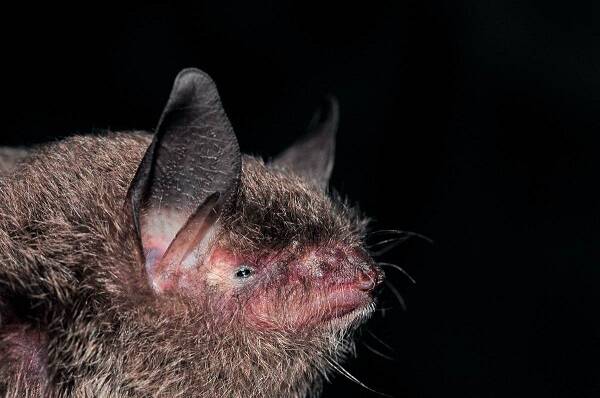
Chinchilla bats belong to the Myotis siligorensis group, which was first identified and named in Yunnan, China, in 2011。It often lives in limestone caves at higher elevations, surrounded by forests and shrubs. Often co-habitates with other bat species, Such as the Chinese Rhinolophus sinicus, the l...
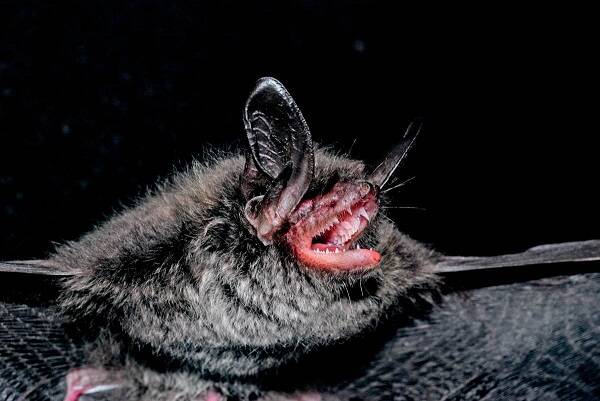
Southwest Mouse-eared bat, also known as Emei Mouse-eared Bat or Sichuan Mouse-eared bat, is an animal of the genus Mouse-eared bat of the bat family, and is a unique species in China. It is distributed in Jiangxi, Guizhou, Anhui, Sichuan and other places, and mainly inhabits caves, and mostly cohab...
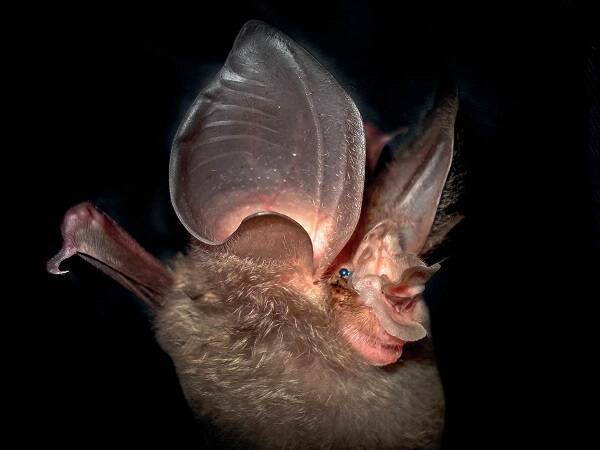
Rhinolophus maculata is a small cave bat. It has been seen living in the same cave with Rhinolophus sinicus, Rhinolophus pusillus, Hipposideros pomona, etc. It is an insectivorous bat that hibernates. Rhinolophus maculata belongs to the <philippinesis>-<group> and is easily confused with...
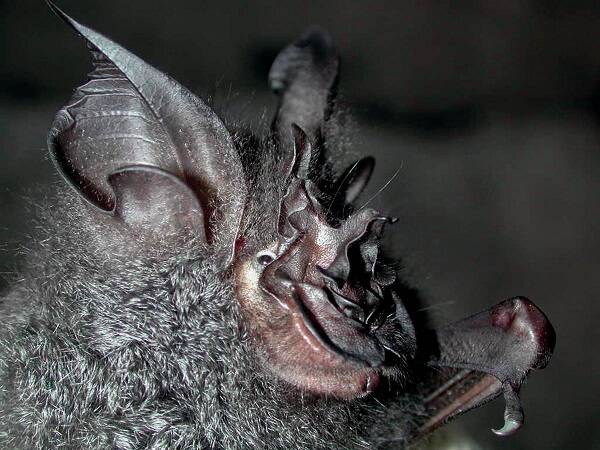
The Great Rhinolophus lives in caves, often sharing a cave with other species of Rhinolophus and Hoofed Bats, but always hangs alone on the cave ceiling, and most of them are in a brighter place not far from the cave entrance. One captured in Suichuan, Jiangxi, was hanging less than 3m above the gro...
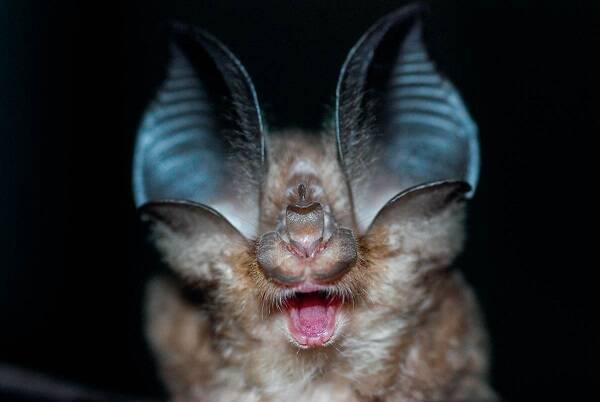
The number of South China Rhinolophus is relatively rare, and it is a cave-type bat. It can be seen living in the same cave with Chinese Rhinolophus (<Rhinolophus sinicus>), small-footed bat (<Hipposideros pomona>), big-eared Rhinolophus (<R. macrotis>), etc. Before the publication...

The middle horseshoe bat is a common cave bat species. It lives in moist caves, abandoned mines, tunnels, etc. It can live in the same cave with the big-footed bat (<Hipposideros armiger>), the small horseshoe bat (<Rhinolophus pusillus>), the Pi's horseshoe bat (<R. pearsonii>...

This species belongs to the subgenus <Megaderma>. Bergmans & Bree (1986) discussed the subspecies differentiation in Indonesia. The specimens found by Zhang Libiao et al. (2010) in Mengla County, Yunnan Province, have morphological characteristics consistent with the main characteristics o...

The Indian false vampire bat usually moves in groups of dozens and does not mix with other bats. It is carnivorous and feeds on insects, spiders, and small vertebrates (such as small fish, frogs, birds, mice, and even other species of bats). It often flies within 3 meters of the ground to find food,...
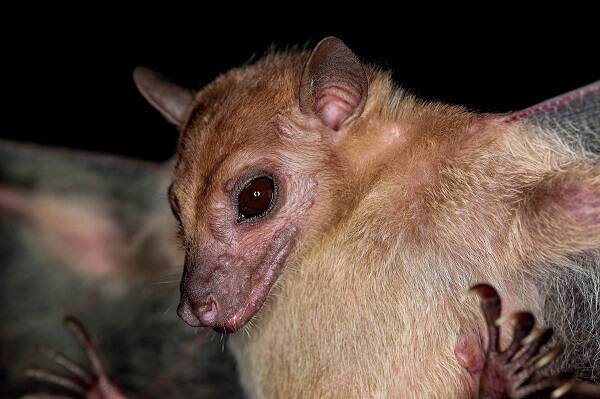
Brown fruit bats are typical tropical bats that do not hibernate. Although they often live in the same cave with other bats, they never mix with them. In addition, in caves where fruit bats live, fruit bats dominate the population, which seems to be a phenomenon of interspecies exclusion. In the hot...
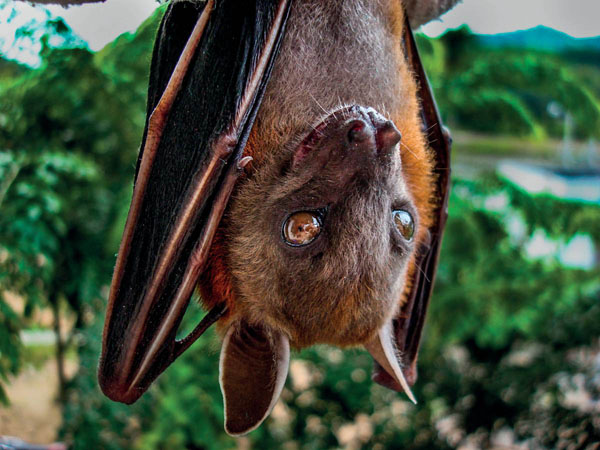
Dog bats are a single genus of the genus Short-nosed fruit bat of the order Chiroptera and family Pteropodidae. Other mammals in the same family as the Short-nosed fruit bat include Andreas Annii, Paratuberculate fruit bat, and Big-eared fruit bat. ’Dog bats are a type of bat that looks like a pupp...

The earliest true beasts were insectivores (order) that appeared in the Cretaceous. After entering the Cenozoic Era, the eutherians differentiated from this basis and evolved at a very fast speed, resulting in a wide range of adaptive radiation. The first change in the history of Cenozoic mam...
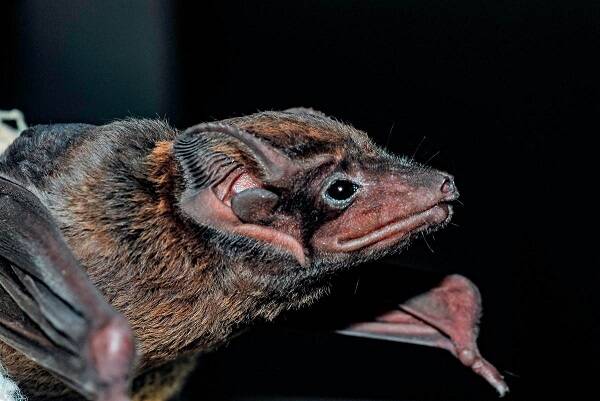
The black-bearded tomb bat (Taphozous melanopogon), also known as the black-bearded sheath-tailed bat, is a member of the sheath-tailed bat family. The black-bearded tomb bat clusters in the cracks of the cave, or lies on the rock wall in the cave, hiding in the deep cracks by retreating. It can be...
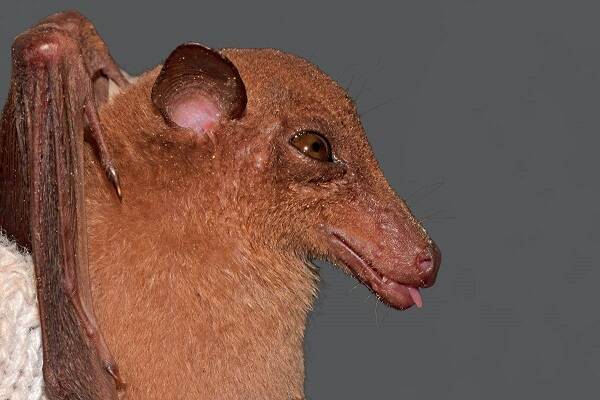
Andersen's long-tongued fruit bat (<M. sobrinus>) was named by Andersen (1911) based on the specimens of Gunong Igari, Malaysia. It was originally considered to be a subspecies of the small long-tongued fruit bat (<M. m. sobrinus>). However, Medway (1969) believed that Andersen's...
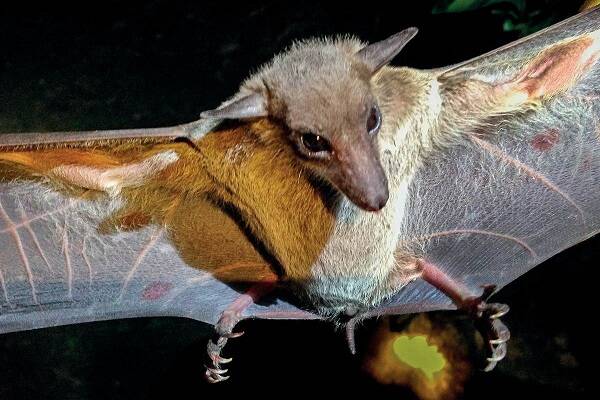
The tongue of the long-tongued fruit bat is very long, with a brush-like protrusion at the tip, a tridentate papillae in the center of the tongue, and a forearm length of 47.31-51.01 mm. It is similar to the long-tongued fruit bat (Eonycteris spelaea), but the second finger has a claw, the wing memb...